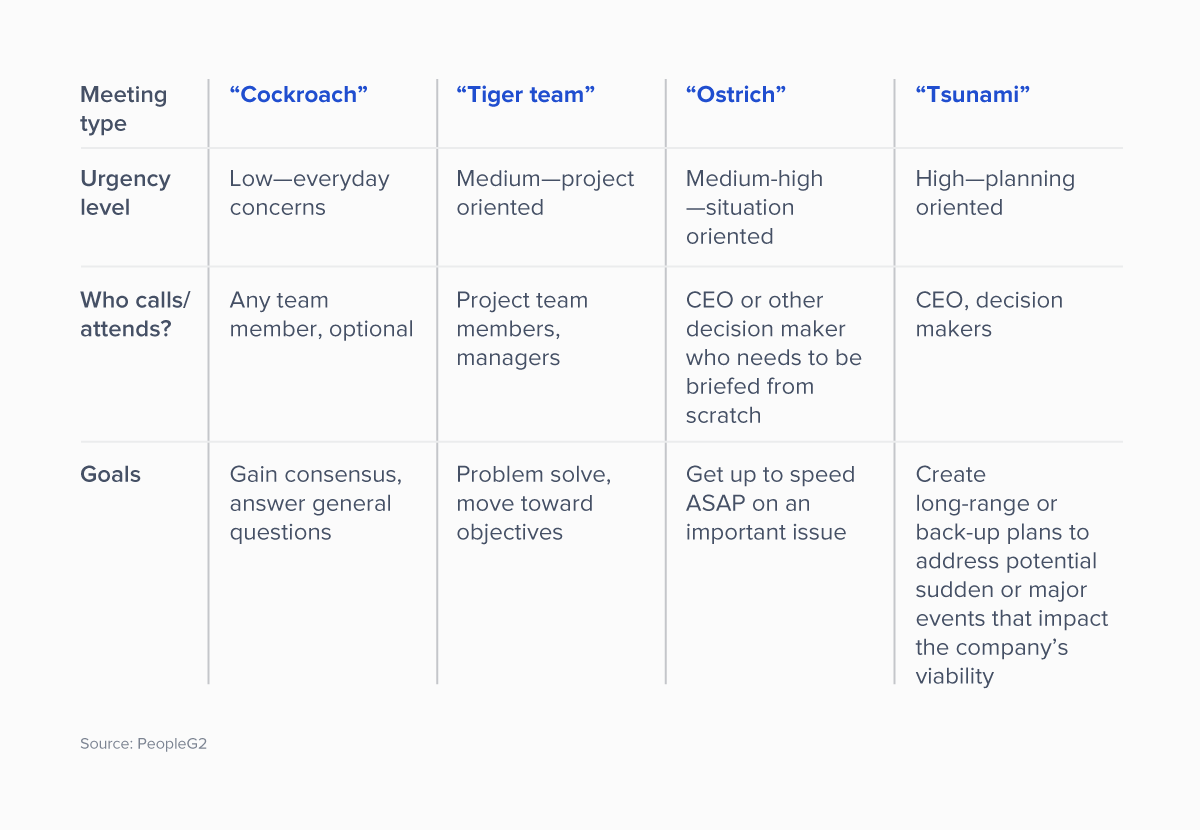Crisis Lessons: How Building a Remote Culture Rebooted Our Company
authors are vetted experts in their fields and write on topics in which they are extremely knowledgeable. All of our content is peer reviewed and validated by world-class professionals.

- A lesson in going remote from the last financial crisis: PeopleG2 had to reinvent itself to stay alive.
- To cut costs and improve company culture, CEO Chris Dyer eliminated office space and took his company fully remote.
- Just three years after going remote, their sales growth had jumped 48 percent and landed them on the Inc. 500/5000 list of fastest-growing privately held US companies.
- Visit Staffing.com's homepage for more.
My small business providing criminal background checks was cruising along just before the financial crisis of 2007-2008. We weren’t the largest provider, but our reputation and sales had grown enough in six years to allow us to compete in local and national markets. Then things got tough. The mortgage lending crisis shook the banking industry, and a full-blown economic collapse took its toll on businesses worldwide. During the severe global economic crisis, our fledgling enterprise declined rapidly.
Hiring freezes meant less demand for background checks. If our company had been solid internally, we might have hunkered down and survived. However, our framework, like so many other small businesses, had been cobbled together as we grew. It had no life of its own. We had no real culture to take us through the tough times. I didn’t yet know that culture was the missing piece. I thought the only threat came from circumstances beyond our control.
As the walls closed in and clients stopped ordering—some closing up shop themselves—our cash flow and staff morale went downhill. I walked into the office one Monday morning knowing I had to make a radical change, but I had no idea what that might be.
I spent a marathon session at my desk listing our strengths and weaknesses, knowing that scores of other companies were going through the same turmoil. How was it that some of them remained on top in that economic climate and even thrived? I set out to study how leading businesses stayed afloat. Meanwhile, we had to stay above water. That meant drastically cutting our overhead. In fact, we had to nearly eliminate it.
The office would have to go.
When Work “Works” from Anywhere
We were lucky. Performing background checks doesn’t need equipment any more specialized than the usual office technology—computers, printers, internet connections. As CEO, when I made the decision to move to a virtual office platform, I didn’t really have a choice. However, as my research revealed, what seemed like an extreme option actually aligned with my larger mission: to shore up our company by improving our culture. Going remote was a cultural improvement.
In reality, our enterprise wasn’t hurting systemically because we had a traditional office. Bricks and mortar were casualties of a failing economy, not our business model. It was a lack of engagement that had allowed morale to dip and our people to abandon the innovative thinking that moves organizations forward. When I looked at Apple, Southwest Airlines, and other leading businesses hit by the same financial storm, I found that their cultures invited engagement. I believed we could achieve that, too... if we could buy the time to get there.
Going the remote route covered both of those bases. Telework and great culture have a reciprocal relationship: one feeds the other. Better yet, both feed profitability. People whose work experience engages them with a company’s outcomes and mission achieve more than those just in it for the paycheck. Today, we have the numbers on this:
- Businesses with the greatest percentage of engaged workers enjoy 21 percent greater profits over those with the lowest percentage.
- Remote workers are more productive than on-site workers by a full day’s worth of work per week.
Additionally, remote workers are found to be “more engageable,” according to Gallup’s report, thus perpetuating the cycle. A business that can be conducted off-site with the help of communication technology is ideally suited to a virtual workplace. Offering the remote option better satisfies employees’ needs and motivates them to do good work. As I penciled out the details, I saw going remote as the solution to our immediate problems.
What Went Wrong
I began with a team that already knew how to achieve our goals, so letting them carry on as before seemed natural. They defined their own workspace and timelines. If they nailed objectives and deadlines, it didn’t matter to me how, or where, or in which increments they did so. However, it quickly became clear that we needed some basic guidelines.
Anyone who sets their own schedule knows that distraction is the greatest enemy. Whether it’s kids at home, housework to do, or friends who infringe on your flexible schedule, daily diversions make it tough to prioritize work. Not every person has the conviction to cut through such matters and stick to the tasks at hand. As all of us abruptly faced this new challenge, I realized we needed to be at the same starting point each day.
Our remote work requirements evolved over time. We regulated what we could, including mandating a home office area with a desk. Beginning then, and continuing today, everyone is responsible for maintaining ample computer technology and high-speed internet. Each team member must also stay fluent in our communications programs and available for mandatory meetings, usually held online. We let employees handle other remote work details, including how and when they completed their work.
In those early days, though, it seemed much more difficult to conduct effective meetings—not because they were long-distance, but because we hadn’t yet achieved cohesion as a virtual team. We were communicating as though still in our old offices. We couldn’t meet in the hall or drop by someone’s cubicle, so we were picking up the phone to chase each other down, one at a time. Since no one knew the scope of each person’s role, we played endless phone tag looking for the right answers.
Because of this disconnect, our teleconferences fell short of their goals. We’d be missing a key voice, or folks weren’t fully prepared, or the gathering would devolve into off-topic discussions that were already complicated by poor sound or outside disturbances. Both the quality and quantity of our work suffered.
How We Made It Right
By this time, I was deep into researching what made company culture tick at the best organizations. I learned that giving employees more control was the best way to engage and motivate them, especially from a distance. I looked for the best tools to help them bridge the gap. We ultimately settled on the Slack suite of communication apps for staying in touch and on the same page.
We also revised our meeting protocols to put folks in charge, where possible, and to let them know when their presence was required. With the easier way to exchange files and information, relevant players could be prepped and assembled as the situation demanded. We were quickly able to adapt to day-to-day developments and act as a group.
We divided our meetings by type, each with a level of urgency, attendance, and mission, and we named each type for instant recognition:

We took one more transparent step to achieve the kind of agility needed to work effectively as a dispersed group. The people calling meetings or looking for specific answers should be able to contact the right source the first time. So we compiled a definitive roster of who does what in the company, and why. This saved time wasted on the phone and armed us with the necessary information to make decisions.
Today, we keep these mechanisms up to date, with continual reminders about current roles and goals, virtual work requirements, and meeting parameters. Particularly when working remotely, team members who interact long-distance must pay attention and not multitask. To ensure that meetings are attractive as well as productive, we start on time, end early, and stick to a relevant agenda, with each person expected to do their part and follow what the speaker has to say.
This type of accountability, along with the freedom to work from home plus a virtual open-door communication policy, has become the backbone of our revitalized culture. Self-examination keeps employee autonomy, mastery, and purpose embedded in our culture—satisfying the very intrinsic needs that research shows engage people in their work.
Just three years after we ditched the office space, our sales growth had jumped 48 percent and landed us on the Inc. 500/5000 list of fastest-growing privately held US companies.
So, is moving to a remote platform good for culture? Yes. Is it good for business? Absolutely. Most importantly, it’s great for people. It means less turnover, lower overhead, and—you guessed it—a greater number of engaged employees.
